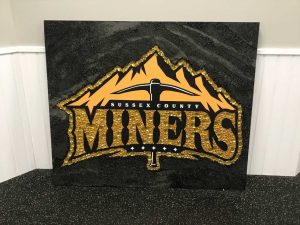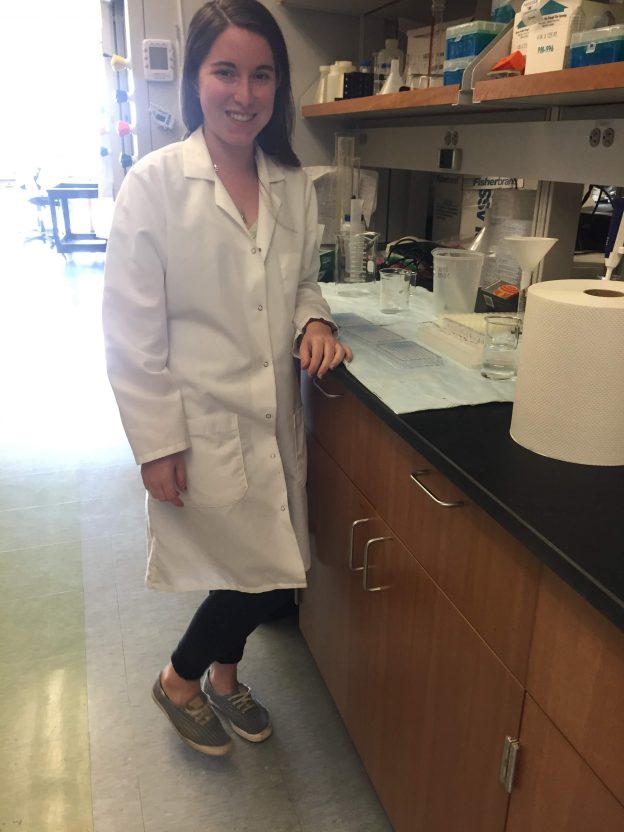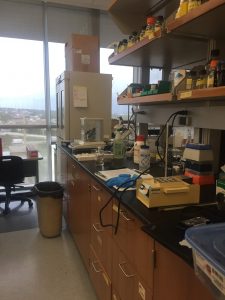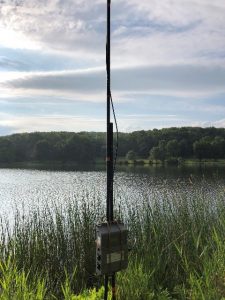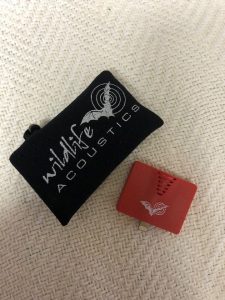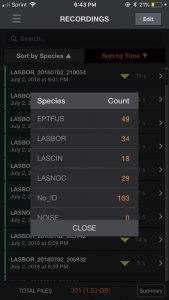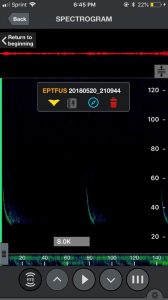This summer, I have an internship with the Rafferty Lab from the University of California, Riverside (UCR). As a large public university in California, UCR is committed to research, diversity and inclusion. I am assisting one of Dr. Nicole Rafferty’s PhD. students, Elijah Hall, on projects involving pollination ecology. We are residing at the White Mountain Research Center (WMRC) in the White Mountains, CA to conduct field research for the summer. Each day, I assist Elijah on data collection, entry and analysis, while also working on an independent project.
Moving to California for the summer has been an amazing opportunity. I am eager to learn more data collection techniques, study plant/ pollinator relationships and connect with other graduate students/ faculty this summer. I am confident that this internship will help me become a stronger candidate for graduate school and increase my research skill set. I am looking forward to diving deeper into this incredible opportunity and gaining more hands-on research experience this summer.

Elizabeth Kenny
Biology
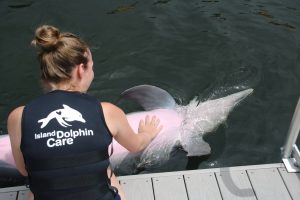
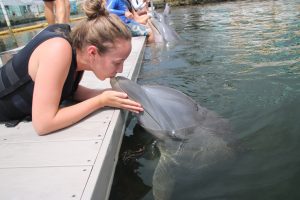
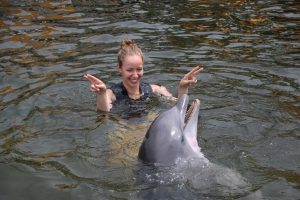
 The beginning of my summer has been busy with receiving valuable working experience through my curatorial internship at the Everhart Museum. I have already gained various skills by working here the past three weeks; however, I am looking forward to learning even more as my internship progresses and I continue to complete more projects. This experience has helped me understand the role of a curator in not just handling the museum’s exhibitions, but also administering important responsibilities such as budgeting and marketing. My internship allows me to handle the museum’s artifacts and directly contribute to their conservation and repatriation to indigenous peoples under the Native American Graves Protection and Repatriation Act (NAGPRA). The research I have conducted on various sacred Native American artifacts has helped me understand a museum’s legal procedures while also gaining knowledge about native tribes and their culture. As I continue to work at the Everhart, I hope to be involved in the process of curating an exhibit that relates back to the research I have conducted so far. The knowledge I have gained will impact my future career as a curator because I have an appreciation for the extensive research that goes into conserving and displaying artifacts in an educational, yet respectful way.
The beginning of my summer has been busy with receiving valuable working experience through my curatorial internship at the Everhart Museum. I have already gained various skills by working here the past three weeks; however, I am looking forward to learning even more as my internship progresses and I continue to complete more projects. This experience has helped me understand the role of a curator in not just handling the museum’s exhibitions, but also administering important responsibilities such as budgeting and marketing. My internship allows me to handle the museum’s artifacts and directly contribute to their conservation and repatriation to indigenous peoples under the Native American Graves Protection and Repatriation Act (NAGPRA). The research I have conducted on various sacred Native American artifacts has helped me understand a museum’s legal procedures while also gaining knowledge about native tribes and their culture. As I continue to work at the Everhart, I hope to be involved in the process of curating an exhibit that relates back to the research I have conducted so far. The knowledge I have gained will impact my future career as a curator because I have an appreciation for the extensive research that goes into conserving and displaying artifacts in an educational, yet respectful way.
